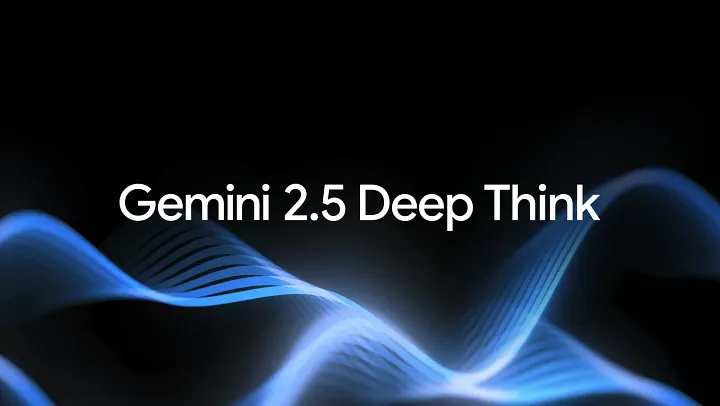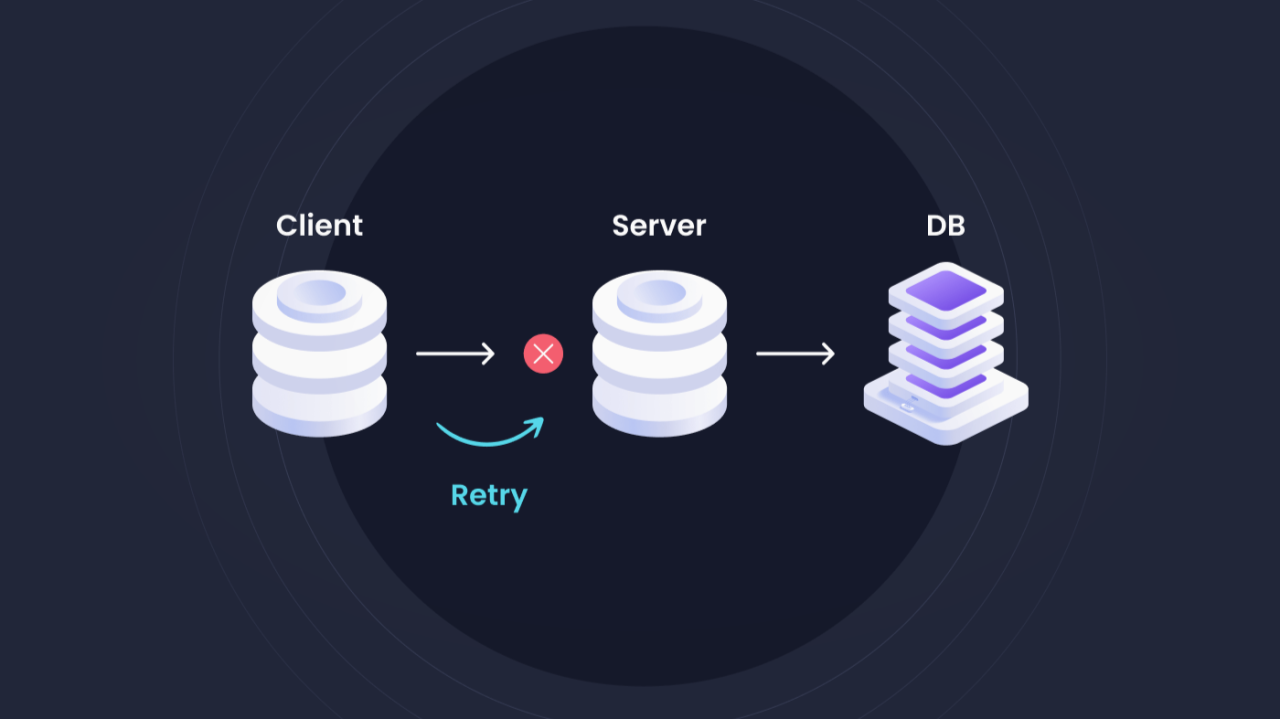Google DeepMind’s Gemini 2.5 Deep Think, released on August 1, 2025, represents a significant milestone in the evolution of artificial intelligence, pushing the boundaries of reasoning and problem-solving capabilities. Designed to tackle complex tasks in math, coding, and multimodal reasoning, Deep Think introduces a novel approach to AI that mimics human-like deliberation through parallel thinking and extended inference. This blog dives into how Gemini 2.5 Deep Think works, its performance on key evaluation benchmarks, and the innovative techniques that set it apart from its competitors, offering insights into its potential to reshape AI-driven research, development, and creative workflows.
Key Innovations of Gemini 2.5 Deep Think
Gemini 2.5 Deep Think introduces several groundbreaking innovations that distinguish it from other AI models:
- Parallel Thinking and Multi-Agent Systems: The core innovation of Deep Think is its multi-agent architecture, which allows multiple AI agents to tackle a problem simultaneously. This parallel processing mimics human brainstorming, enabling the model to explore diverse approaches, revise hypotheses, and combine ideas for more accurate and creative outcomes. This approach is computationally intensive but yields superior results, as evidenced by its benchmark performance.
- Extended Inference Time: By allocating more “thinking time,” Deep Think can delve deeper into complex problems, exploring multiple solution paths before responding. This extended inference, inspired by techniques like Meta’s “Tree of Thoughts,” enhances the model’s ability to handle tasks requiring creativity, strategic planning, and iterative development.
- Novel Reinforcement Learning Techniques: Google has developed new reinforcement learning methods to optimize Deep Think’s reasoning paths. These techniques encourage the model to refine its problem-solving strategies over time, making it more intuitive and effective, particularly for tasks like coding and mathematical reasoning.
- Thought Summaries for Transparency: The introduction of thought summaries in the Gemini API and Vertex AI provides a structured overview of the model’s reasoning process. This feature, with headers and key details, makes it easier for developers to understand and debug the model’s decisions, enhancing trust and usability.
- Thinking Budgets: Developers can control the computational effort allocated to Deep Think through a thinking budget parameter, allowing them to balance latency and quality. This flexibility is crucial for cost-sensitive applications, enabling users to toggle between quick responses and deep reasoning as needed.
- Multimodal Integration and Tool Use: Deep Think’s native support for text, images, audio, and video, combined with tools like Google Search and code execution, enables it to handle diverse tasks, from creating interactive web simulations to analyzing multimodal data. Its 1-million token context window further enhances its ability to process vast datasets.
- Safety and Responsibility: Google has prioritized safety in Deep Think’s design, with improved content safety and tone-objectivity compared to Gemini 2.5 Pro. However, ongoing frontier safety evaluations are addressing the model’s tendency to over-refuse benign requests, ensuring a balance between caution and usability.
Cracking Data Science Case Study Interviews is a practical guide featuring 20+ real-world case studies across Fintech, Finance, Retail, Supply Chain, and eCommerce to help you master the Case Study interview rounds every data scientist faces.
How Gemini 2.5 Deep Think Works
Gemini 2.5 Deep Think is an enhanced reasoning mode built on the foundation of Gemini 2.5 Pro, Google’s most advanced AI model to date. Unlike traditional AI systems that generate responses based on pattern recognition or single-pass processing, Deep Think employs a multi-agent system that spawns multiple AI agents to work concurrently on a problem. This parallel thinking approach allows the model to explore various hypotheses simultaneously, revise or combine ideas, and refine its reasoning before delivering a final answer. The process is akin to a team of experts brainstorming together, weighing different perspectives to arrive at the most accurate and creative solution.
At the core of Deep Think’s functionality is its ability to extend inference time, or “thinking time,” which gives the model more computational resources to analyze complex inputs. This extended deliberation is supported by novel reinforcement learning techniques that encourage the model to leverage its reasoning paths effectively, making it more intuitive and adaptive over time. For example, when faced with a challenging math problem, Deep Think might generate multiple solution strategies, evaluate their viability, and select the most promising one, much like a human mathematician would.
Deep Think also integrates seamlessly with tools like code execution and Google Search, enabling it to fetch real-time information or execute code to validate solutions. This makes it particularly adept at tasks requiring iterative development, such as building complex web applications or solving multi-step logical puzzles. Additionally, the model supports thought summaries, a feature available in the Gemini API and Vertex AI, which organizes the model’s reasoning process into a clear, structured format with headers and key details. This transparency helps developers and users understand how the model arrives at its conclusions, making it easier to debug or refine interactions.
The user interface for Deep Think, accessible via the Gemini app for Google AI Ultra subscribers, allows users to toggle the Deep Think mode when selecting Gemini 2.5 Pro. A notification warns that processing may take several minutes due to the intensive reasoning required, but the result is a more detailed and thoughtful response, often significantly longer than those from standard models.
Evaluation Benchmarks: Where Deep Think Shines
Gemini 2.5 Deep Think has been rigorously tested across a range of benchmarks, demonstrating superior performance compared to leading models like xAI’s Grok 4 and OpenAI’s o3.

Below are some key benchmarks and results that highlight its capabilities:
- Humanity’s Last Exam (HLE): This challenging test comprises approximately 3,000 expert-level questions across over 100 fields, designed to assess an AI’s ability to reason and make complex connections. Deep Think scored an impressive 34.8% without tools, outperforming Grok 4 (25.4%) and OpenAI’s o3 (20.3%). This result underscores its strength in handling diverse, knowledge-intensive tasks.
- LiveCodeBench V6: A competitive coding benchmark, LiveCodeBench tests a model’s ability to solve complex programming tasks. Deep Think achieved a remarkable 87.6%, surpassing Grok 4 (79%) and o3 (72%), cementing its position as a leader in coding proficiency.
- 2025 International Mathematical Olympiad (IMO): A variation of Deep Think achieved a gold-medal standard in the 2025 IMO, a feat that required hours of reasoning to solve complex math problems. The publicly available version, optimized for daily use, still reaches Bronze-level performance on the IMO benchmark, making it a powerful tool for mathematical reasoning.
- 2025 United States of America Mathematical Olympiad (USAMO): Deep Think scored impressively on this highly challenging math benchmark, though exact scores were not disclosed. Its performance highlights its ability to tackle advanced mathematical problems with precision.
- AIME 2025: Deep Think demonstrated strong performance on this benchmark, which tests advanced mathematical reasoning, further showcasing its prowess in math-related tasks.
- MMMU (Multimodal Reasoning): Deep Think scored 84.0% on the MMMU benchmark, which evaluates a model’s ability to reason across text, images, audio, and video. This high score reflects its robust multimodal capabilities.
These results were obtained using “single attempt” settings without majority voting or parallel test-time compute, ensuring a fair comparison with other models. Google’s scaffolding for “multiple attempts” on benchmarks like SWE-Bench involves drawing multiple trajectories and re-scoring them using the model’s own judgment, which further boosts performance.
Despite its strengths, Deep Think has shown a tendency to refuse benign requests more frequently than Gemini 2.5 Pro, indicating a cautious approach to content safety. Google is actively addressing this through ongoing safety evaluations to balance robustness with usability.
The Road Ahead
Google plans to expand Deep Think’s availability through the Gemini API, targeting developers and enterprises for specialized applications. Feedback from trusted testers and mathematicians will drive further refinements, particularly in addressing context loss in long conversations and reducing hallucinations. As multi-agent systems become more prevalent, Deep Think’s approach could accelerate innovation in fields like scientific research, software development, and education. However, its high computational cost and restricted access highlight the need for more efficient and affordable solutions in the future.




Comments 0
You cannot comment because you are not logged in.
Log in to comment.